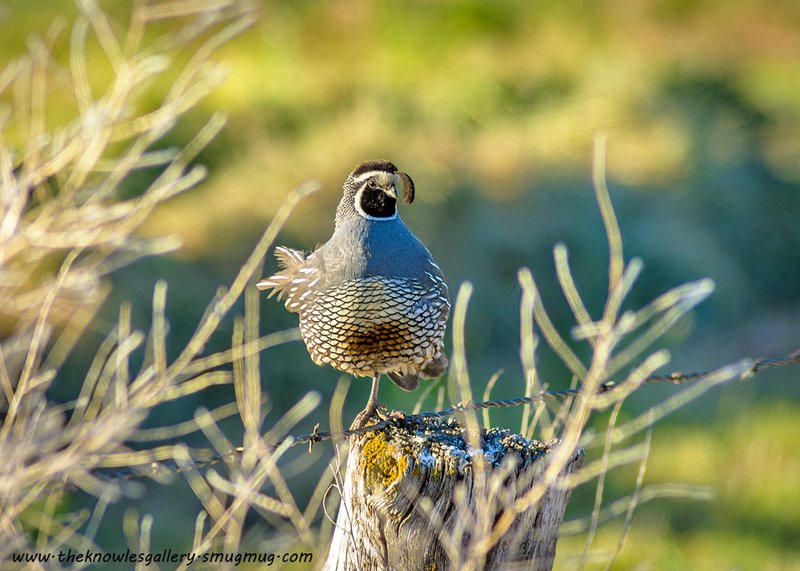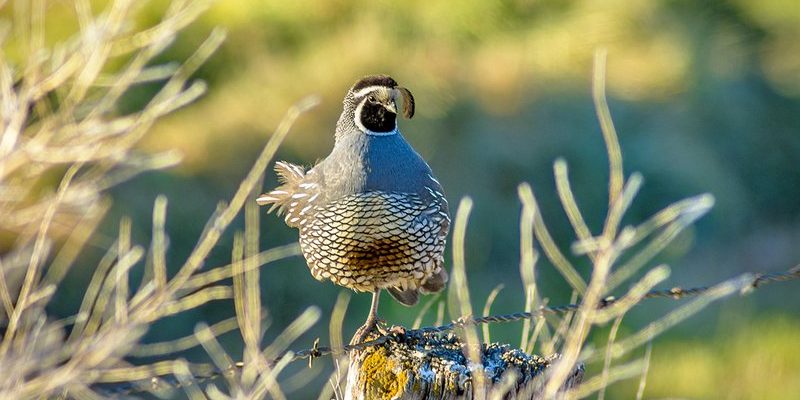
Quails are small to medium-sized birds that belong to the family Phasianidae. They are often associated with the grasslands, fields, and forests where they thrive. These birds are known for their distinctive round bodies, short tails, and plump appearance. Imagine a little ball of feathers that can dash away in a flash—it’s no wonder they are a favorite among bird watchers!
You might be surprised to learn that there are over 200 species of quail worldwide, each with its own unique characteristics and habitats. These birds are found on every continent except Antarctica, showcasing their adaptability and resilience. From the chirpy call of the Northern Bobwhite to the hefty California Quail, there’s a lot to discover about these fascinating creatures.
Physical Characteristics of Quails
Quails are cute little birds, but they come in a variety of sizes and colors. Typically, they measure about 6 to 10 inches long, but this can vary by species. Their plumage is often mottled or speckled, helping them blend seamlessly into their environments. This natural camouflage protects them from predators lurking in the underbrush. The males tend to be more colorful, which is common in the bird world due to their role in attracting mates.
One of the most recognizable features of quails is their *distinctive crest or top knot*, which can be seen in many species. This feathered tuft serves as an additional identifying feature. They have short wings and strong legs, allowing them to fly short distances but primarily relying on running for escape. Quails are indeed more at home darting through grass than soaring through the sky.
Habitat and Distribution
Quails are found in diverse habitats, from grasslands and scrublands to forests and wetlands. Generally, they prefer areas where they can easily hide from predators, such as dense underbrush or low vegetation. They typically build their nests on or near the ground to protect their eggs from aerial threats. Some species, like the California Quail, are quite adaptable and can even live near human developments, thriving in gardens and parks.
You might wonder how these birds are spread across so many regions. Quails have a wide distribution, with different species occupying various niches in their environments. For instance, the Gambel’s Quail is native to desert regions, while the Eastern Bobwhite prefers more temperate areas. This adaptability helps quails survive despite their small size.
Diet of Quails
When it comes to food, quails are not picky eaters. Their diet mainly consists of seeds, grains, fruits, and insects, which provide them the necessary nutrients. You’ll often find them foraging on the ground, scratching up the dirt with their feet as they search for tasty morsels. Their strong beaks are perfect for cracking open seeds and picking at various plant materials.
Interestingly, the diet of quails can change with the seasons. In spring and summer, they may gorge on insects, while in the colder months, seeds become their staple food. This flexibility in diet is crucial for their survival, especially in harsher climates where food sources might be limited. Quails are truly nature’s little survivors, adapting to whatever food is available.
Breeding and Nesting Behavior
When it comes to breeding, quails follow a pretty fascinating ritual. Most quail species are monogamous during the breeding season and form pairs. After courtship, the female lays a clutch of eggs, typically numbering between 8 to 14. She usually builds her nest on the ground, hidden among grass or brush to keep the eggs safe. These nests are often very simple, with just a shallow depression lined with grass and feathers.
After about 20 to 30 days of incubation, the chicks hatch. What’s truly remarkable is that quail chicks are precocial, meaning they are relatively mature and mobile shortly after hatching. They can leave the nest and start foraging for food almost immediately! This rapid development is essential, as the young birds need to be quick on their feet to avoid predators.
Behavior and Social Structure
Quails are known for their social nature. Outside of the breeding season, they often form coveys—small groups of birds that stay together for safety and companionship. These coveys can be as small as five birds or as large as 40. Being in a group helps quails keep an eye out for predators while also allowing them to engage in social behaviors.
These birds communicate through a variety of calls, which can vary by species. The familiar “bob-white” call of the Northern Bobwhite is instantly recognizable. Their vocalizations play a crucial role in maintaining group cohesion and signaling danger. When one quail spots a predator, their sharp call can alert others to hunker down and remain still until the threat passes. You might even say quails are the *original* birds of a feather that flock together!
Conservation Status and Threats
Unfortunately, many quail species are facing threats due to habitat loss, hunting, and climate change. As urban areas expand and natural habitats are converted into agricultural land, quails find it harder to find suitable nesting grounds and food sources. This loss of habitat has led to declining populations in several species, such as the California Quail.
Conservation efforts are in place to help protect these delightful birds. Wildlife reserves and protected areas provide safe environments for quails to thrive. Furthermore, educating communities about sustainable hunting practices can help keep these populations stable. After all, preserving our natural world not only benefits quails but also enriches our ecosystem.
Interesting Facts About Quails
| Fact | Description |
|---|---|
| Size | Typically 6-10 inches long, depending on the species. |
| Diet | Seeds, grains, fruits, and insects. |
| Nesting | Ground-nesting birds with simple nests hidden in vegetation. |
| Flight | Short-distance flyers; prefer running for escape. |
| Social Behavior | Form coveys for protection and social interaction. |
| Population Threats | Habitat loss, hunting, and climate change. |
FAQ
What do quails look like?
Quails are small round birds with short tails and stout bodies. They typically have a mottled coloration that helps them blend into their environment, with males often being more colorful than females. The unique crest or top knot on some species is an identifying feature that adds to their charm.
Where can I find quails?
Quails are found in various habitats, including grasslands, forests, and wetlands around the world. They prefer areas with dense cover for protection from predators. If you’re looking to spot these birds, parks, fields, and rural areas are great places to start.
How do quails communicate?
Quails use a variety of calls to communicate, including warning calls to alert their covey of the presence of danger. Each species has its own distinct vocalizations, and some calls can be quite melodic. Their calls play a vital role in maintaining group cohesion and ensuring safety.
Are all quails good to eat?
While many species of quail are hunted for their meat, it’s important to check local regulations and guidelines. Quail meat is considered a delicacy in many cuisines, known for its tender texture and rich flavor. Always ensure that you’re sourcing quail from sustainable practices.
How do quails protect themselves from predators?
Quails are small and can be vulnerable to many predators, but they have several strategies for self-defense. Their coloring allows them to blend into their surroundings, and they prefer to run or hide rather than fly away. Their strong social structure also helps them stay alert to threats.
What are some common species of quails?
Some well-known species include the Northern Bobwhite, California Quail, Gambel’s Quail, and the Coturnix Quail. Each of these species has its unique characteristics and habitats, showcasing the diversity within the quail family.
How do quail breed and raise their young?
Quails are generally monogamous during the breeding season. The female lays a clutch of eggs in a simple nest on the ground, and after about 20 to 30 days of incubation, the chicks hatch and are able to leave the nest shortly after. This rapid growth is crucial for their survival against predators.
Can quails be kept as pets?
Yes, quails can be kept as pets, but they require specific care and a suitable habitat. They are social birds, so it’s best to keep them in groups. They need adequate space, a balanced diet, and protection from predators if they’re housed outdoors. Be sure to research the specific needs of the species you’re interested in.
Do quails migrate?
Unlike many other bird species, most quails do not migrate. They are generally site-faithful and prefer to stay in their home range year-round, as long as their habitat provides sufficient food and cover. However, some species may relocate slightly if their environment becomes inhospitable.
What is the lifespan of a quail?
In the wild, quails typically live for about 1 to 3 years, though some individuals can live longer under ideal conditions. In captivity, with proper care, quails can live significantly longer—sometimes up to 5 years or more. Keeping them safe from predators and providing a nutritious diet can enhance their lifespan.
How do quails react to danger?
When quails sense danger, their first instinct is to stay motionless. This camouflaged behavior allows them to avoid detection. If spotted, they will quickly burst out in a flurry of wings and feet, often seeking refuge in dense cover. Their swift movements and ability to quickly escape make them hard to catch.

